Review: Raya and the Last Dragon Shines a Light on the Often-Neglected Cultures of Southeast Asia
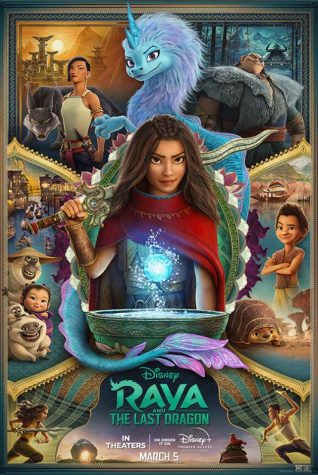
With many movie theaters still closed all over the world, Disney+ launched Raya and the Last Dragon on March 5th. Available with premiere access, the Southeast Asian culture-inspired movie is centered around Raya, a young woman living in the region of Heart. The new Disney+ film introduces a strong band of women, perfect for March, Women’s History Month, while also shining a light on the often-neglected, rich cultures of Southeast Asia. Despite the company’s efforts to diversify its cast and content, many criticize Disney’s continued whitewashing.
The movie begins in the land Kumandra, where an evil monster known as the Druun threatened citizens’ lives centuries ago. Kumandra’s dragons sacrificed their lives to create the gem that would save humanity and gave it to a dragon named Sisu. Rivalry to possess the gem fractured the land into five areas, named after parts of a dragon: Heart, Fang, Tail, Talon, and Spine. The story begins when Raya from the land of Heart, steps into her father’s shoes (known as Ba) to protect the gem. In an effort to unify the lands, Ba invites all the clans to share a meal. When Namaari from the Fang clan backstabs Raya in an attempt to steal the gem for her land, chaos ensues. The other lands join the fight and eventually break it. Although each land runs away with a part of the stone, the Druun instantly appear and turn many citizens into stone. Raya then embarks on the journey to find the last remaining dragon, Sisu, and recover the citizens turned to stone.
The exact location of the movie is unknown, but the characters, names, traditions, and language resonate with many people of Asian descent. Some even believe that generalizing Southeast Asian cultures in the film helps a larger audience connect with the film. As xenophobia and racism currently surround Asian communities around the United States, the film promotes inclusion in a dominantly white film industry. With Disney’s first Southeast Asian princess and an all-Asian cast, the whole cast strived to represent their own stories through film. Qui Nguyen, the screenplay writer for Raya and the Last Dragon, said in an interview with NBC Asian America that he wrote the film to help his Vietnamese sons feel represented.“They don’t have to trade skins to see themselves as Raya, as Naamari, as Tong, as Boun,” he explained. He wanted to represent his personal experience with his cultural identities. Drawing inspiration from his parents, who fled to the U.S after the Vietnamese War, the film represents multiple generations of his American-Vietnamese family.
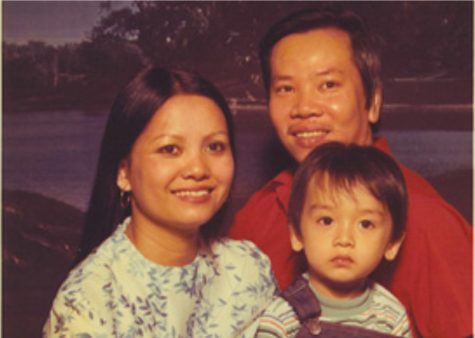
The film does showcase an Asian-majority cast and references Southeast Asian cultures, but some people believe that it also belittles and white-washes Southeast Asian cultures. Vietnam, Malaysia, and Indonesia are different countries with different cultures, which are all too often lumped into one monolithic culture. The result is that the film doesn’t do justice to their unique, individual, and vibrant cultures. Making stops in several different countries (including Indonesia, Malaysia, the Philippines, Thailand, Vietnam, and others), only bits and pieces of cultures are represented, and often over-simplified, whereas other Disney features such as Mulan, Moana, Frozen were centered around the distinctive cultures of China, Hawai’i, and Norway respectively. The generic yet iconic “Asian” dragon, dumplings and congee, the Filipino salakot hat, and Arnis martial arts sticks displayed do not help the movie’s case either.
While I was not satisfied (to say the least) with Disney’s attempt at creating a Southeast Asian-based land and culture, I did enjoy Disney’s recent effort at building unprincess-like “princesses.” Instead of a traditional love interest-based movie, the film is anchored in girl power and trust. Naamari and Raya work through their long-held grudges against each other, realizing that they really have no reason to fight. Just because Namaari’s mother once fought for power, battling Ba, Namaari and Raya come to understand that they share a common goal: to retrieve their loved ones from the Druun. Sisu, the last dragon, helped in their journey of sisterhood instead of breaking them apart.
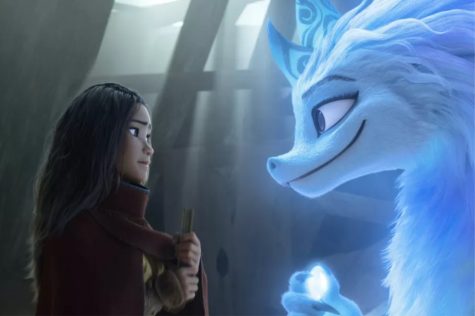
Personally, I took away an important message: communities must come together in tough times. With the metaphor of the Druun representing COVID-19 and breaking families apart, the film reminds me that our younger generation must come together to connect and trust each other. Throughout the globe, young people are gathering to invent, talk, and be creative; our communities aren’t just cultural but global. More movies inspiring young women to trust each other and mend broken communities help to steer Disney away from its “happily ever after” stories of love, and I think that Raya and the Last Dragon is a first step in the right direction.

















![Dr. Zanita Kelly, Director of Lower and Middle School, pictured above, and the rest of Westridge Administration were instrumental to providing Westridge faculty and staff the support they needed after the Eaton fire. "[Teachers] are part of the community," said Dr. Kelly. "Just like our families and students."](https://westridgespyglass.org/wp-content/uploads/2025/03/dr.-kellyyy-1-e1748143600809.png)











































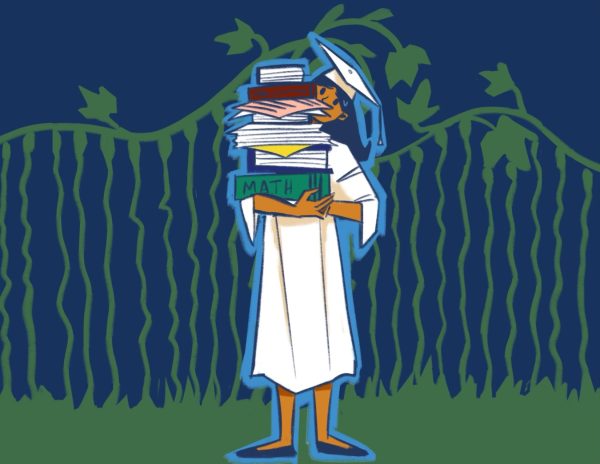
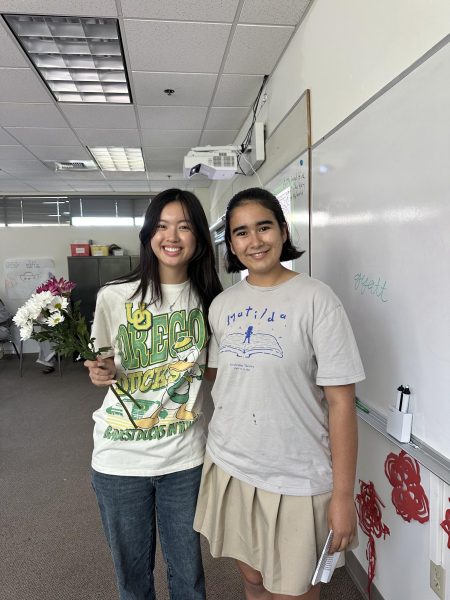

Bright • May 25, 2021 at 6:49 am
I love the facts I saw on your site as they have been very helpful. This is because I have been looking for a review of the movie “Raya and the Last Dragon”. Due to this, I have done studies and visited so many sites. But so far, your site has been one of the best I have been to as it gave me a lot of interesting and educative facts. Well, I would like to thank you for sharing this post, keep up the good work. You might also want to check out this link and HDPopcorns. I would be glad and grateful if you like them.